Was The 1993 World Trade Center Bombing an FBI ‘Inside Job’?
First Published: March 1, 2017 Last updated: April 2nd, 2018 Estimated Reading Time: 8 minutes The death from natural causes of Omar Abdel-Rahman last week while in prison serves as a reminder that 9/11 was, in fact, the second terrorist attack on the WorldTrade Center. Dubbed ‘the blind sheikh’, the 78-year-old extremist Egyptian Muslim cleric was one of a number sentenced to life imprisonment for plotting the first WTC bombing in 1993.
But, just as evidence has emerged that 9/11 was an ‘inside job’, evidence emerged to suggest that the ‘93 attack could also have been one; that the FBI — and possibly The Mossad, Israel’s CIA equivalent — had some involvement. Moreover, that the U.S. justice system, in the face of scant evidence, unfairly treated the alleged plotters to ensure their convictions.
It was 12.18pm on February 26th, 1993, when a massive subterranean explosion rocked the WTC complex. Six people were killed, over 1,000 were injured, most due to smoke inhalation, and 50,000 workers had to be evacuated from the complex. The event caused more hospital casualties on American soil than at any time since the Civil War.
Investigators soon discovered that the epicenter of the blast was level 2 of the underground car park of the Vista Hotel located between the twin towers; it ripped out a hole 200ft long by 100ft wide by 5 stories deep. The cause of such a powerful blast was estimated to be a bomb of around 1,500 pounds of urea-nitrate — an improvised ‘fertilizer’ bomb.
Support columns of the twin towers sustained some damage but, fortunately, not sufficient to endanger the building’s structural integrity. The WTC complex re-opened about a month later, though the cleanup, repair and upgrades which cost around half a billion dollars lasted much longer.
It was two days after the blast when the first clue emerged to who the bombers were. Federal agents claimed that whilst combing through the debris — there was an estimated 6,000 tons of it — by chance they came across a piece of vehicle wreckage bearing a Vehicle Identification Number (VIN) which they deduced that same day belonged to a Ford Econoline van owned by a Ryder Truck Rental dealership in Jersey City on the other side of the Hudson River to New York.
This discovery led to the arrest of the prime suspect: 26-year-old Jersey City resident Mohammad Salameh… but under circumstances that have led to strong suspicions that he was set up as a patsy.
The Bomber Who Wanted His Money Back
Salameh was indeed the person who rented the van from Ryder but bizarrely, the day before the explosion he’d reported to the police that it had been stolen. Though because the rental paperwork was left in the van, he couldn’t give them the vehicle’s license plate number and the police wouldn’t file the report. So the next day he contacted Ryder, told them of the theft and obtained the license number. He asked for a refund of his $400 deposit but was turned down. He then went back to the police, who accepted his report.A couple of days later, on March 3rd, Ryder contacted Salameh, telling him to come and get his money. He went along but unbeknownst to him the dealership was manned by FBI agents and after leaving with a $200 partial refund he was arrested at a nearby bus stop. The media were tipped off and one news anchor actually commented that judging by his complete puzzlement at being arrested, Salameh looked like a patsy.
The question has to be asked, here: If Salameh had been involved in the bombing, would he really have been naive enough to give accurate identity and address information for the van rental paperwork — which he did — and then try and get his deposit back after the explosion? And would he be dim-witted enough to go within a mile of a police officer, let alone report stolen a vehicle he knew to be involved in the bombing? Above all, had he been the bomber, wouldn’t he have just stolen a van, not rented one? And after the blast would he not have fled?
On the face of it, none of it adds up; there has to be more to it. Indeed there was. Salameh gave the address and phone number for the Ryder paperwork of a Jersey City apartment. The apartment was rented by one Josie Hadas, an Israeli described as Salameh’s ‘landlady and boss’. It was in this apartment that the FBI claimed they found a letter addressed to Salameh and electronic equipment and tools that “indicated the presence of a bomb maker.” Salameh actually lived in a different apartment in the same block yet no report emerged of anything untoward being found there.
An article about the bombing in Guardian Weekly on March 14th, 1993 raised suspicions about Josie Hadas: she was a “probable Mossad agent,” they said. However, most of the media kept quiet about Ms. Hadas, who was never traced, apprehended and implicated in the crime.
After Salameh’s arrest, police claimed they were searching a space rental agency’s files and came across a record connecting Salameh to a lock-up rental unit. On searching it, they found bomb making chemicals and equipment — which vital evidence they promptly destroyed ‘for security reasons’.
Salameh admitted that he had indeed been working at the unit but claimed he wasn’t concocting explosives but shampoo. The New York Times reported having discovered that chemicals ordered for the lock-up were indeed common cleaning agents.
The Suspect Dominos Fall
Salameh’s arrest led investigators to the arrest of 3 other suspects: Egyptian cab driver Mahmud Abouhalima (34), Palestinian chemical engineer and friend of Salameh, Nidal Ayyad (25) and Palestinian Ahmed Ajaj (27) who, somewhat incongruously, had at the time of the blast been in a U.S. prison for 6 months for a passport violation.Pakistani Ramzi Yousef (25) and Jordanian Eyad Ismoil (22) were also on the FBI’s wanted list but both had fled the country on the day of the bombing.
A seventh suspect, American national Abdul Yasin (33), was picked up by the FBI on the day Salameh was arrested and very co-operatively gave details of where and how the bomb was made, names and addresses of the others. But, bizarrely, the FBI released him and he promptly escaped to Iraq. He remains on the FBI’s ‘Most Wanted Terrorists’ list with a $5 million bounty on his head.
Three trials were needed to bring all the plotters to justice. Salameh and the other three arrestees were tried and convicted in October 1993; Yousef and Ismoil were eventually captured, extradited, and convicted in November 1997. Each received a sentence of 240 years in prison without parole.
‘Blind sheikh’ Rahman’s October 1995 trial was different, though. He wasn’t convicted of direct involvement in the bombing but of ‘seditious conspiracy’, an arcane legal charge requiring only that a crime be planned, not necessarily attempted. A radical Islamist who preached at New York mosques other plotters attended, he was convicted of planning not just the WTC attack but the (thwarted) bombing of the United Nations, FBI headquarters, the Lincoln and Holland Tunnels and a bridge connecting New Jersey with Manhattan — all on the same day! He was sentenced to life in solitary confinement without parole.
Did the CIA Deliberately ‘Import’ a Known Terrorist?
Rahman entered the U.S. in 1990. That he was allowed to do so is deeply concerning. At the time he was a leader of an Egyptian jihadist organisation and had ties to Ayman al-Zawahiri, who later succeeded Osama Bin Laden as al-Qaeda’s leader. Moreover, he’d spent 3 years in Egyptian jails awaiting trial for issuing a fatwa that led to the 1981 assassination of Egyptian premier Anwar Sadat. With very good reason, he was on the U.S.’s terrorist watch list.So why on earth was he let into the country? It emerged after the WTC bombing that he was given most of his visa approvals by the CIA. Egyptian officials confirmed that the CIA was indeed giving him help.
Did the CIA have a hidden agenda to import jihadists to the U.S.? Conspiracy analysts think so. If that’s the case, the plan worked: the ‘93 WTC bombing emphatically marked the beginning of the domestic ‘War on Terror’: a wake-up call to Americans that they were no longer safe on their own soil.
Explosive Evidence of FBI Collusion
At around the time of Rahman’s entry to the U.S., Emad Salem, a colonel in Egyptian Intelligence with expertise in bomb making was assigned to be a mole inside the ‘blind sheik’s’ circle, becoming an informant for the FBI.Salem was briefed to encourage and entrap Rahman and his followers in seditious activity and use a hidden microphone to record their conversations. He wormed his way into Rahman’s confidence, became his bodyguard and used his ‘wire’ very effectively; his recordings helped convict Rahman and nine co-conspirators who were assembling bombs to blow up New York landmarks.
But what Salem’s FBI handlers didn’t know was that he also recorded his conversations with them — hundreds of hour’s worth. And when transcripts of these were made public, they proved to be nearly as explosive as the WTC blast. Because, as the New York Times reported, the transcripts revealed that whilst the FBI was aware that the terrorists were planning the WTC attack and building the bomb, their plan to thwart the plot by secretly substituting the explosives for a ‘harmless powder’ was inexplicably shelved by an FBI supervisor. It was as if the FBI could have prevented the attack and arrested all the perpetrators but deliberately chose not to… as this video clip confirms:
VIDEO: WTC 1993 Was an FBI Job
Lest anyone should find the very suggestion that the FBI could be involved in encouraging and engineering terrorist plots just too incredible to believe, check out this article: The FBI’s History of Supplying Live Explosives to “Terror Suspects”.
“The frightening trend of the FBI cultivating otherwise incapable “terror” suspects, providing them with and detonating real explosives, before giving them inert or controlled devices to carry out attacks on public targets where mass casualties are averted only at the last possible moment, sets the stage for at the very least, incredible potential for catastrophic blunders, and at worst, false flag attacks.”
Unfair Denial of Incriminating FBI Evidence
As one would expect, Salem’s secret audio recordings were admitted as prosecution evidence by the judge in the trial of the ‘blind sheikh’. As was a secret video recording showing conspirators actually making a bomb. One might also expect that Salem’s recordings were admitted as evidence for the defence in the trial of Salameh et al.But no. In a blatant display of judicial unfairness, as Mohammad Salameh’s attorney Robert Precht confirmed in the clip above, the defence was denied access to them.
This was just one example of the judicial inequities the defendants were up against. Indeed, Precht felt compelled to write a book about the trial to expose them: Defending Mohammad: Justice on Trial.
Precht tells of how the judge was determined to get guilty verdicts; how the court’s bias in favour of the prosecution was blatant:
- The four defendants were denied representation by suitably experienced counsel; they had to settle for inexperienced pro-bono (no-charge) lawyers to whom the court wouldn’t even award expenses. Precht himself was just a public defender with New York’s Legal Aid Society; to his credit he owned up to his own incompetence.
- The judge ordered extraordinary penalties on any leaks from the trial… but only applied them to the defence.
- The court hid the IDs of a number of individuals who helped facilitate the bombing.
- The FBI bribed a witness to testify for the prosecution.
- The FBI’s expert witness on the explosive device was allowed to give false evidence.
- The Salem recordings were never brought up, nor was the source of the plot’s funding.
From a conspiracy analyst’s point of view, it’s hard not to view the 1993 WTC bombing as a success for the government. After the December 1991 dissolution of the Soviet Union and the end of the Cold War, the military-industrial complex needed to cultivate a new enemy to secure its long-term funding. The ‘War on Terror’, with its amorphous, hard-to-pin-down enemy would do nicely. And the icing on the cake? A plausible excuse to enact new anti-terror legislation to bolster police powers and curtail civil liberties.
The first attack on the World Trade Center could well have provided inspiration for the second.
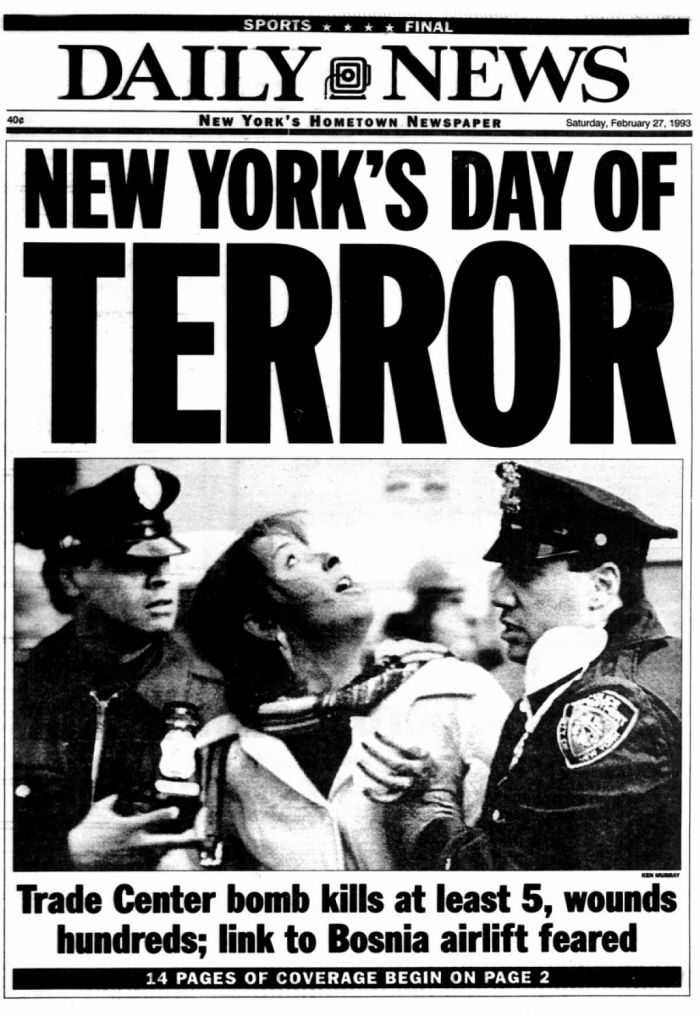
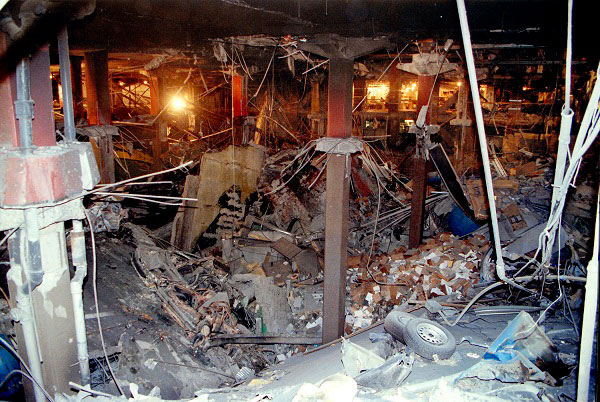
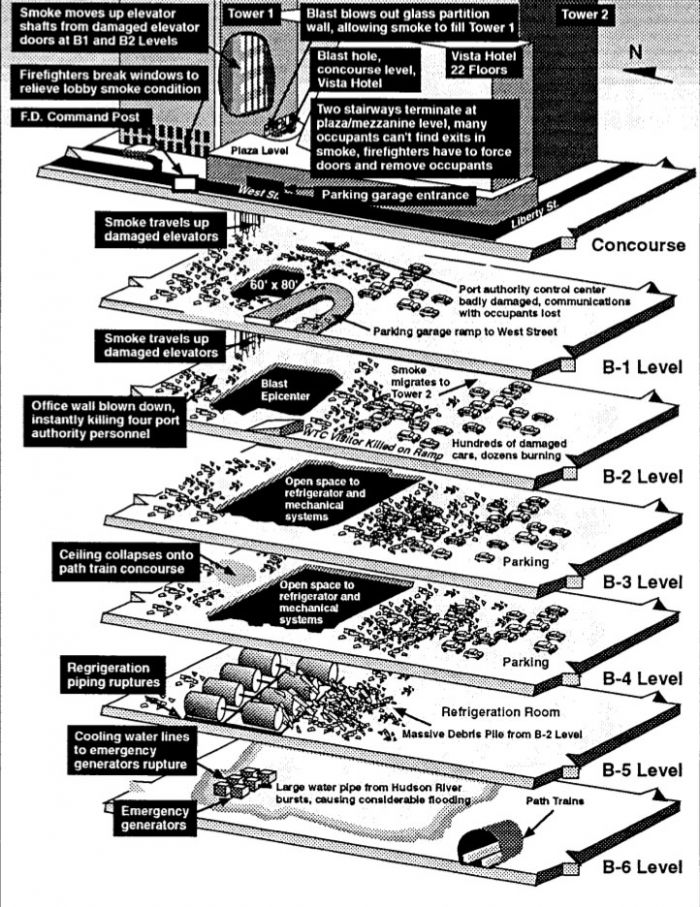

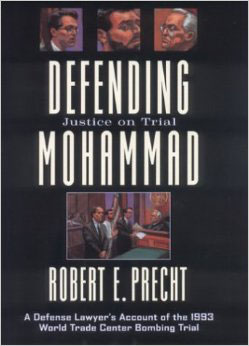
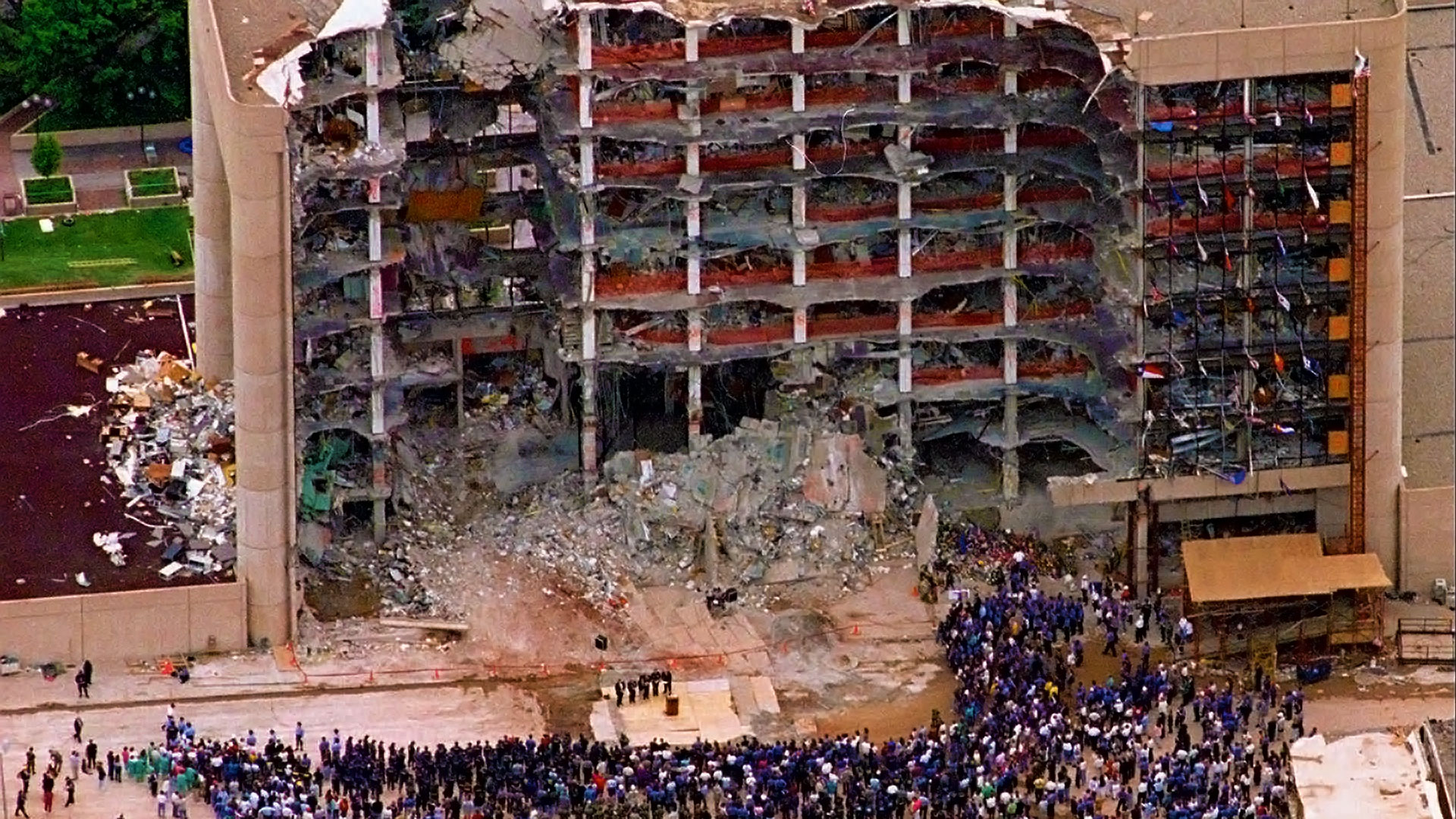
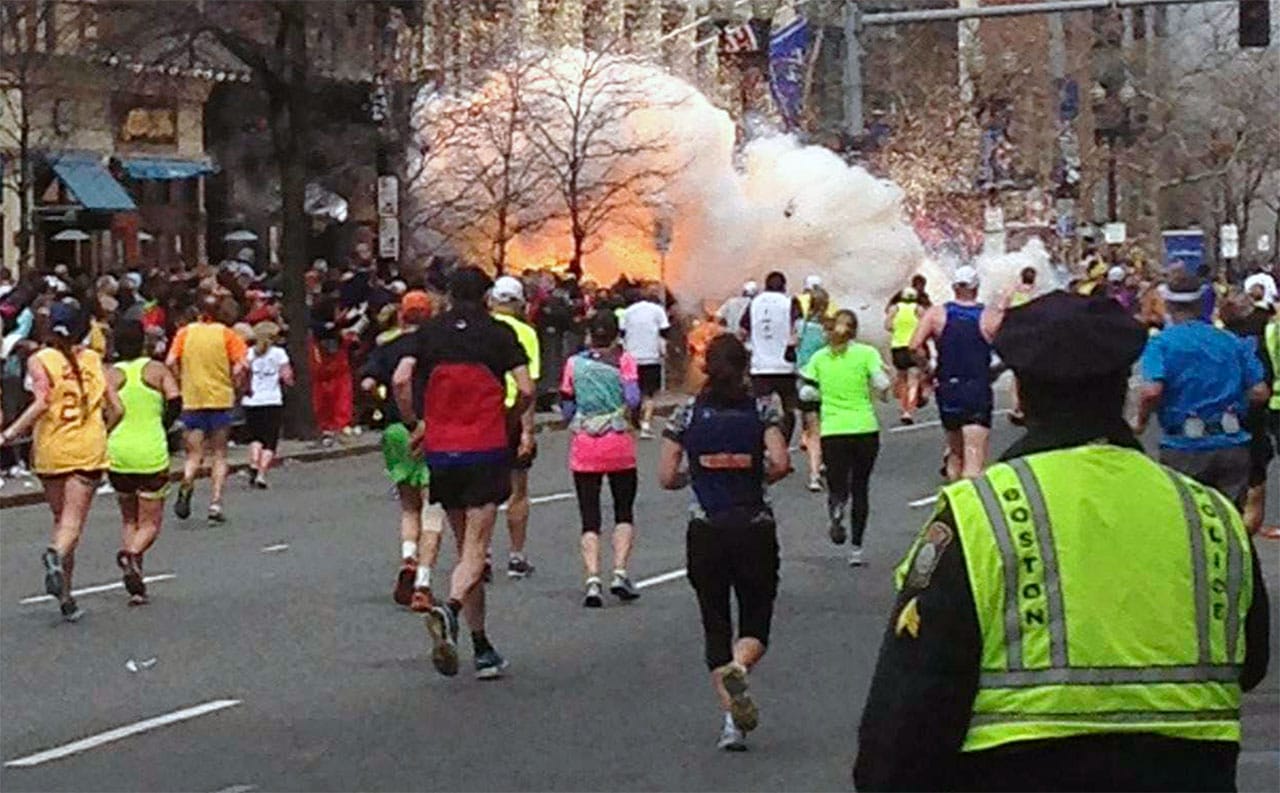
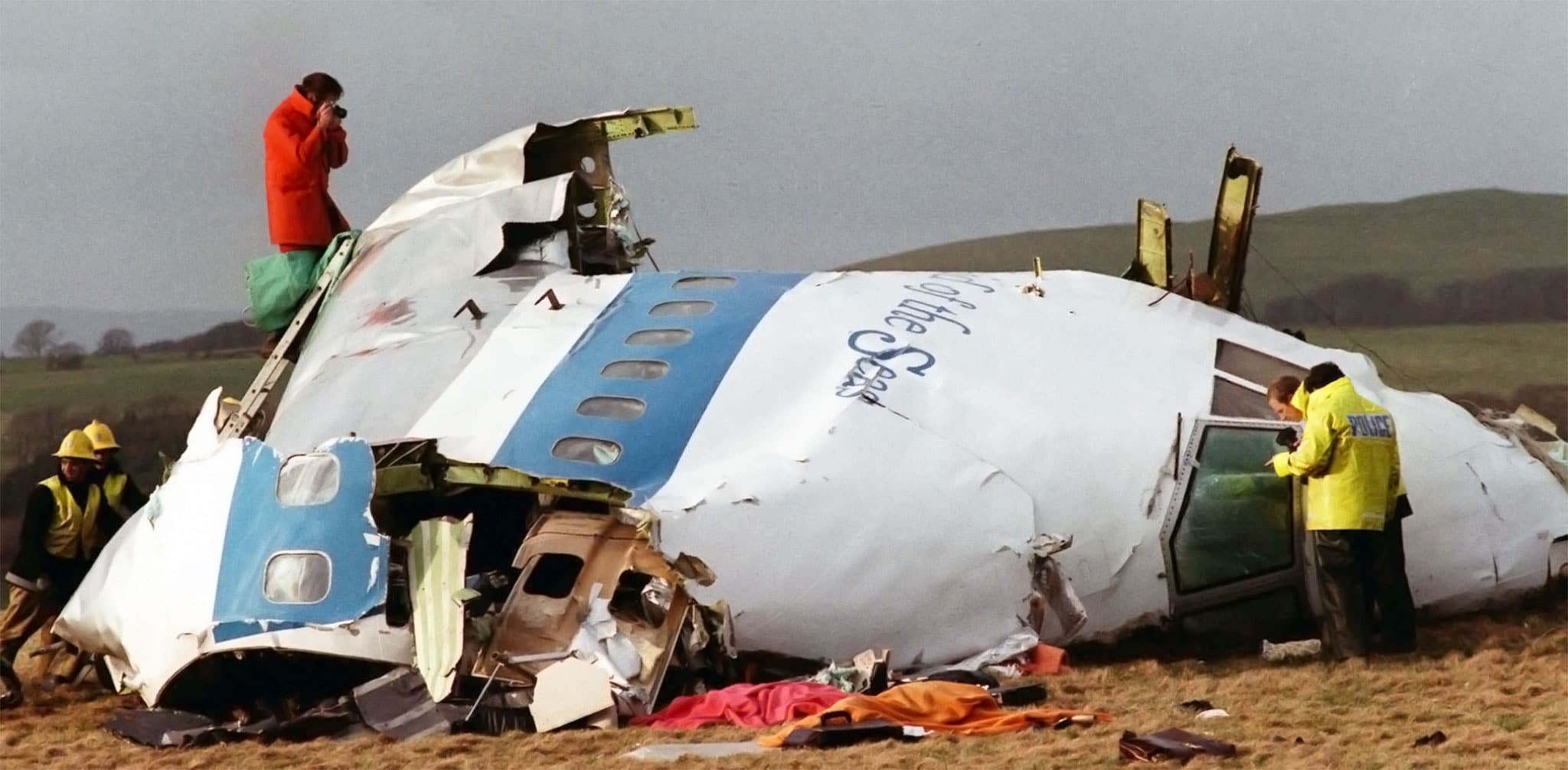

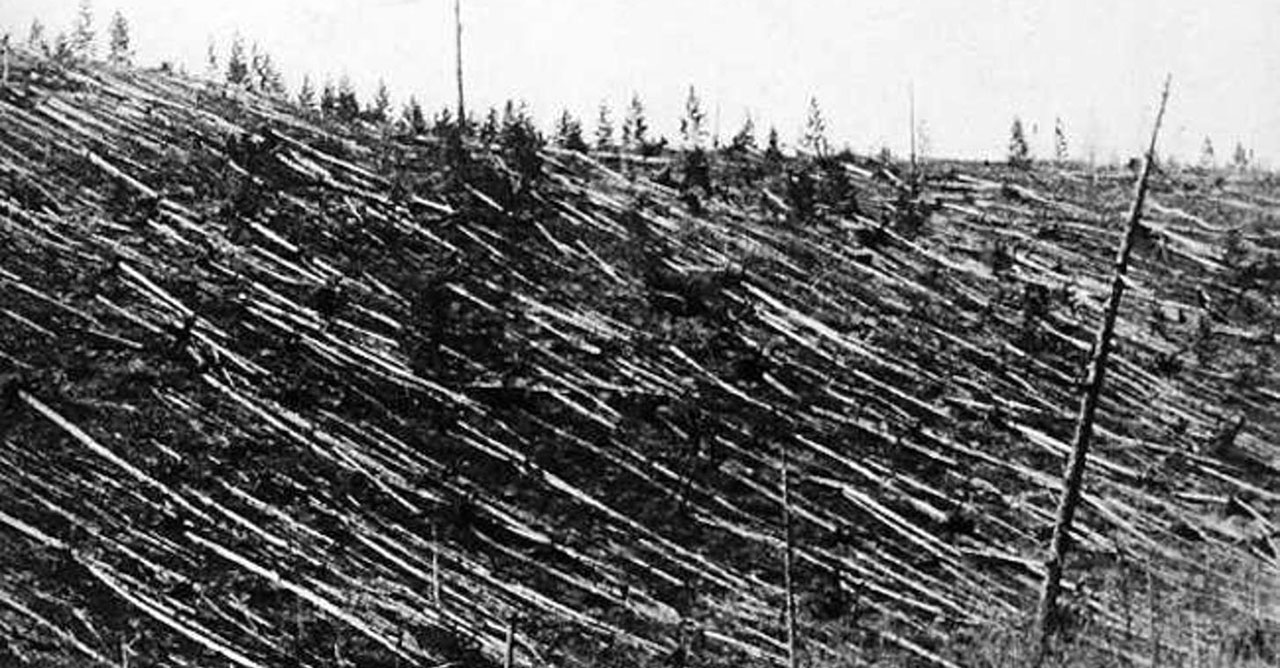
No comments:
Post a Comment